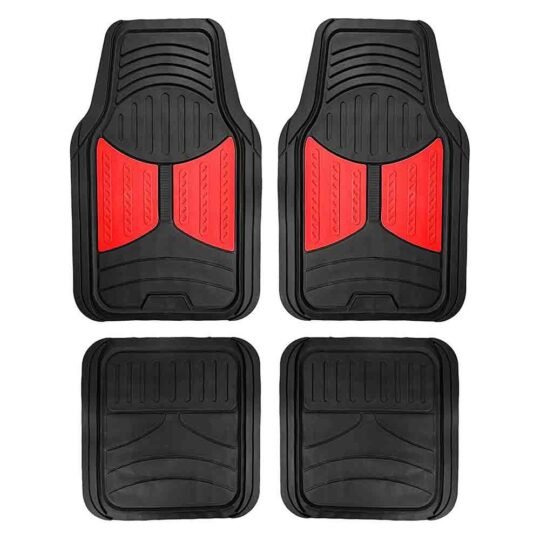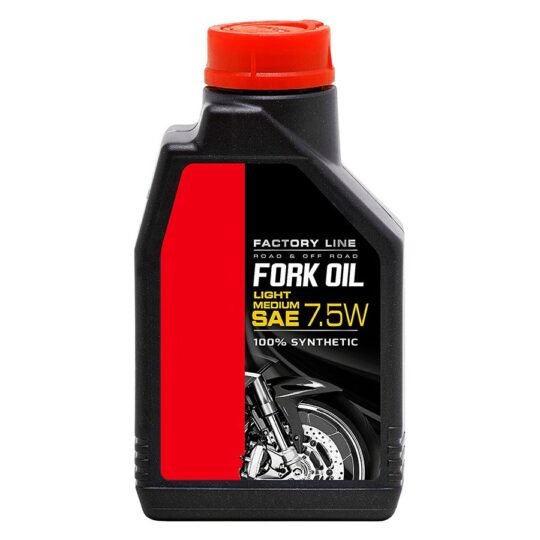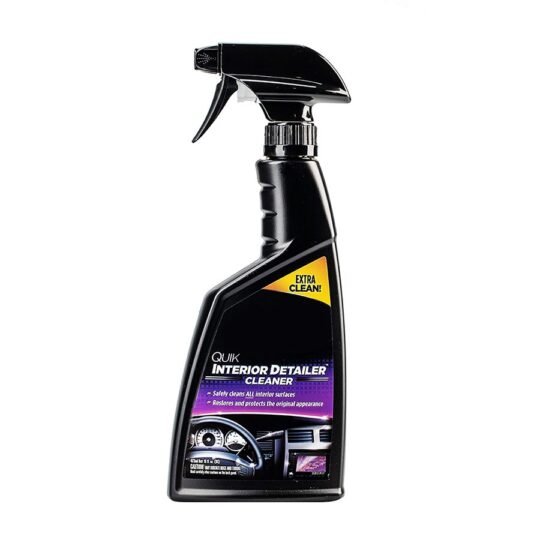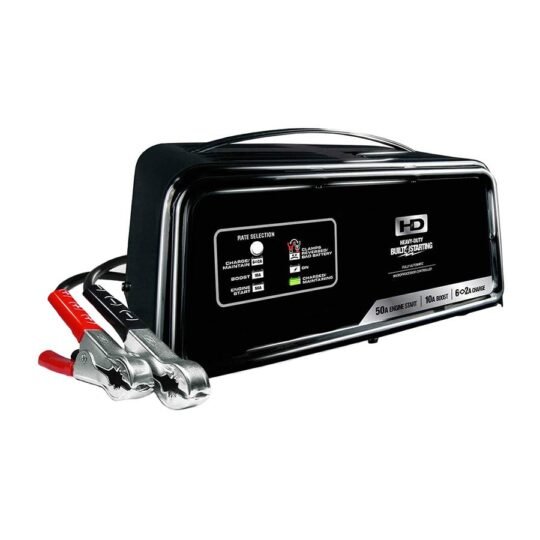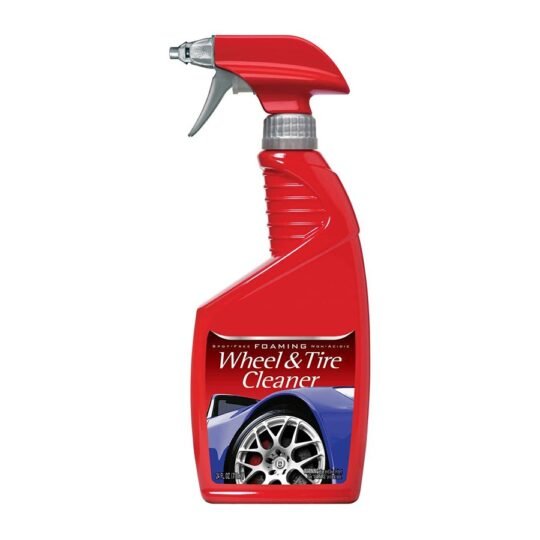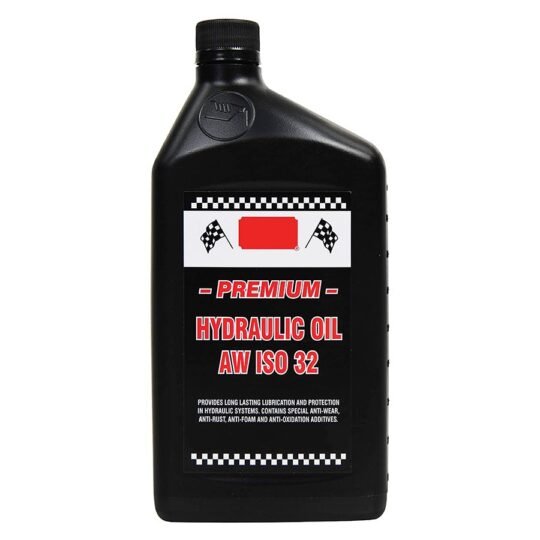Parktronic allows you to quickly and easily park your car in tight spaces. Sensors built into the bumper send a signal that reflects off objects. Based on the speed at which the signal returns, the system calculates the distance to obstacles and informs the driver.
How is parking sensors installed?
On average, the installation of parking sensors takes 2-3 hours (depending on the number of installed sensors, video cameras). Markings are made on the bumper where the sensors will stand (the distance between the sensors should be 35 – 40 cm, height 50 cm from the surface of the asphalt). Holes are made in the bumper according to the markings.
The sensors are inserted, the edges are treated with a sealant (if desired, the sensors are painted in the color of the bumper The sensors are connected to the electrical control unit and to the reverse gear system. The display is installed in the interior. The electrical control unit is fixed in the luggage compartment. All the wiring is hidden under the finishing material.
The electrical control unit is fixed in the luggage compartment. All the wiring is hidden under the finishing material. The masters of our auto shop have extensive experience in installing parking radars on different cars. They will accurately and quickly put parking sensors on your car.

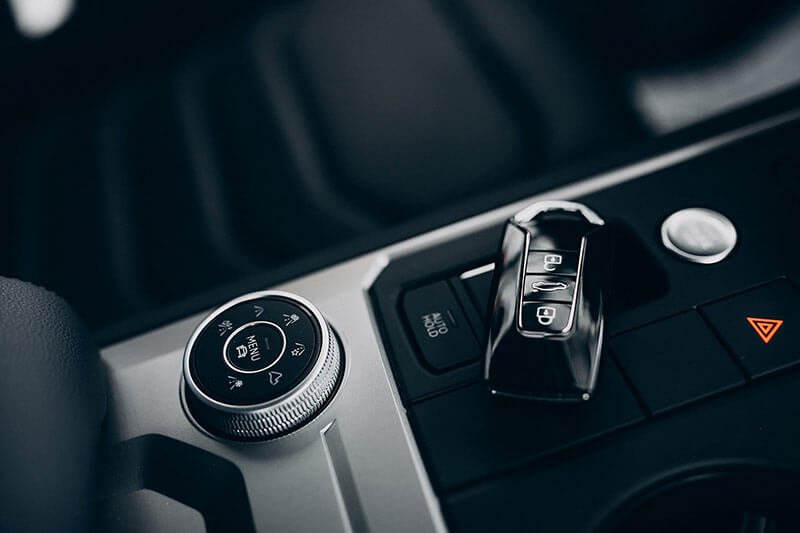
Which parking sensor is better to choose?
First of all, the choice of parking sensors depends on the car model. On a small car, it is enough to install 2 sensors on the rear bumper and, if desired, on the front one. For a crossover, it is necessary to install at least 4 sensors on the rear bumper and supplement with a video camera – then the viewing angle will be maximum.
The more sensors are installed on the bumper
The more they block the viewing angle. The result is no blind spots. There are also parking sensors in the form of an electromagnetic tape, which is glued to the inner surface of the bumper and guarantees you a complete absence of blind spots.
We will help you choose the optimal parking system and install it on your car. We can also install a rear or front view camera straight away for maximum viewing angle. If you choose a parking sensor with a display, we will install the display so that it is convenient for you to look at it and at the same time the screen fits harmoniously into the interior of the car. If you are in doubt about which parking sensors to buy, call us – we will advise you on the features of different systems.
























